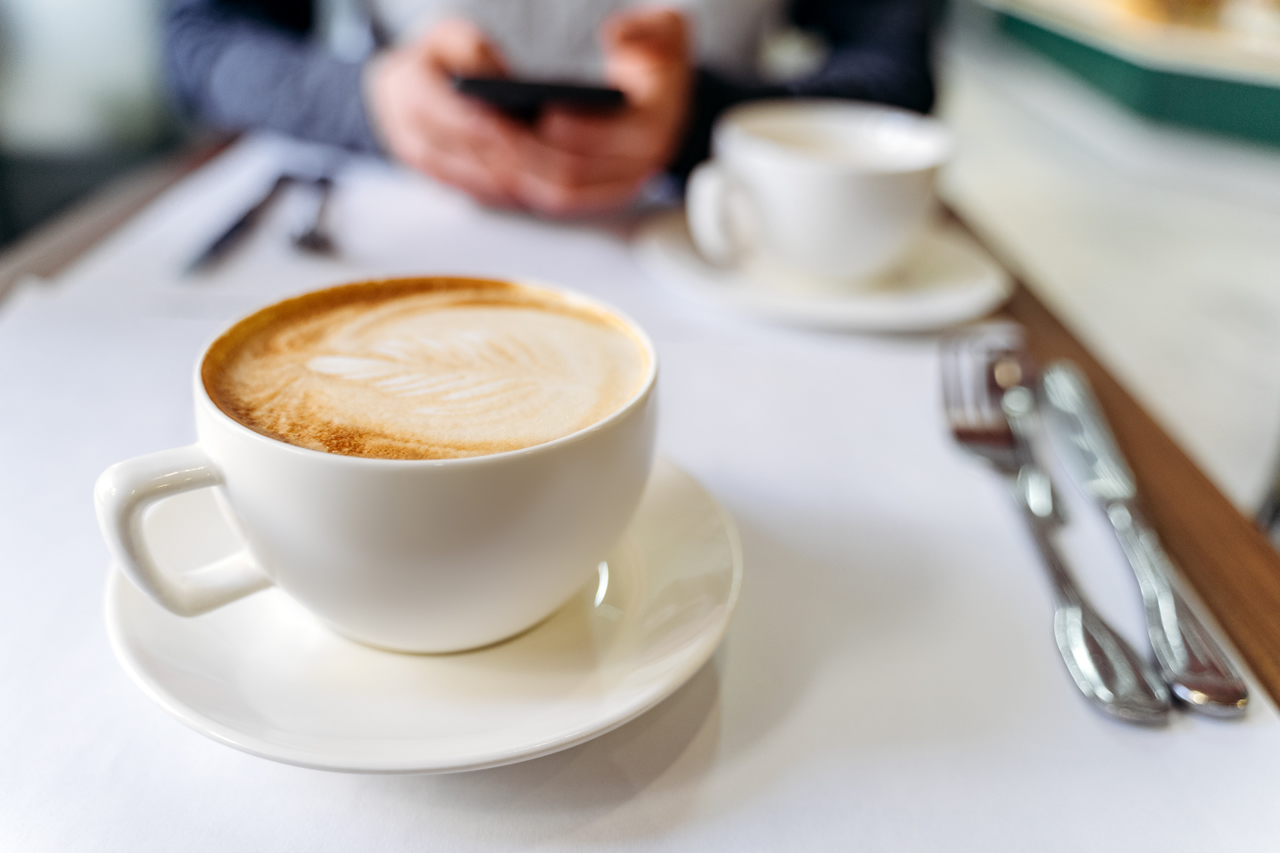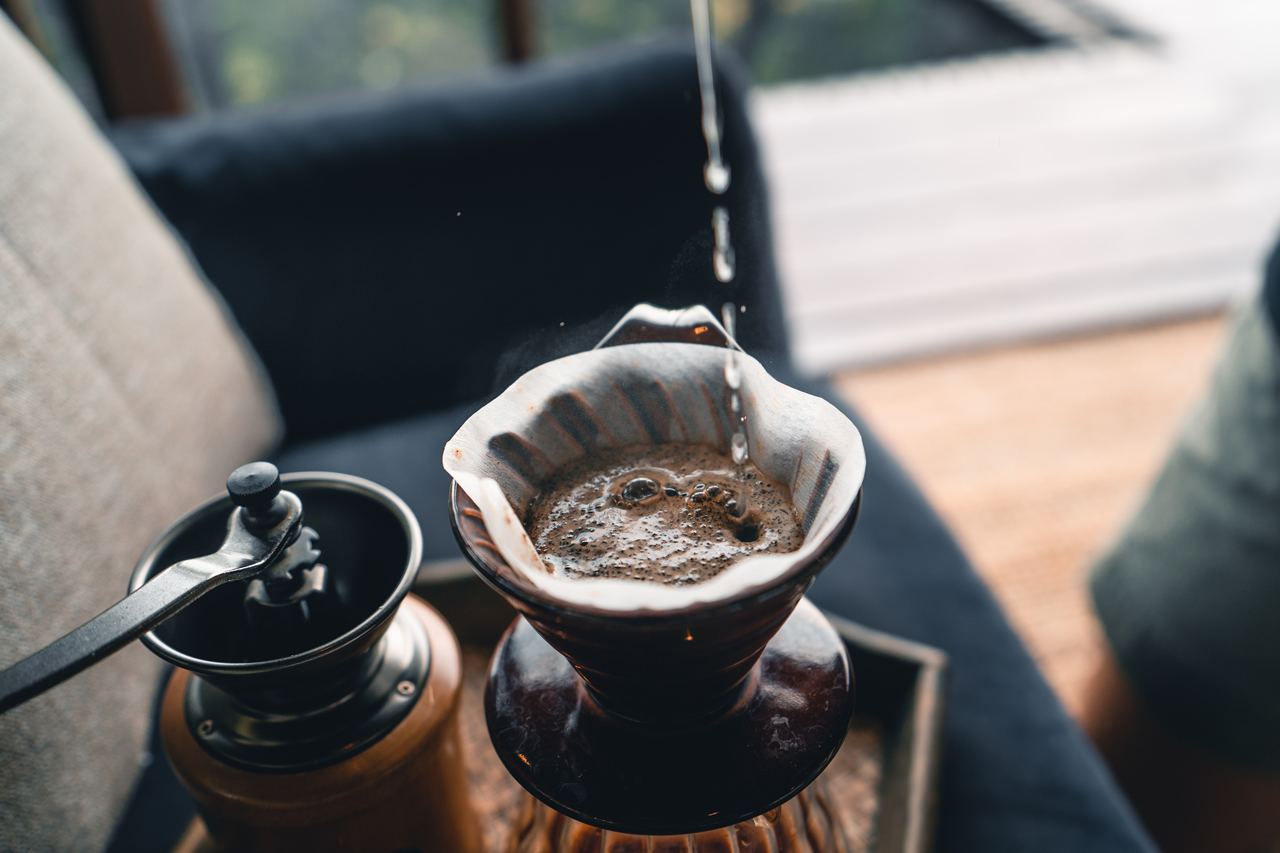Coffee enthusiasts around the world can attest to the allure of a perfectly brewed cup of joe. One method that has gained popularity in recent years for its simplicity and rich flavor profile is pour-over coffee. In this comprehensive guide, we will take you through the steps to master the art of pour-over coffee brewing, ensuring that your mornings start with a delightful coffee experience like no other.
The Essentials: What You Need
Choosing the Right Coffee Beans
Selecting high-quality coffee beans is paramount to achieving an exceptional pour-over brew. Opt for freshly roasted beans that match your flavor preferences, whether it's a light, medium, or dark roast.
Selecting the Ideal Grinder
Invest in a good-quality coffee grinder, preferably a burr grinder, to ensure consistent particle size. This consistency plays a crucial role in extracting the full range of flavors from your coffee.
Acquiring the Right Pour-Over Equipment
To brew pour-over coffee, you'll need the following equipment:
– A pour-over dripper (Hario V60, Chemex, Kalita Wave, etc.)
– A paper or reusable metal filter
– A kettle with a gooseneck spout for precise pouring
– A coffee scale
– A timer
– Fresh, high-quality coffee grounds
The Brewing Process
Step 1: Boil Fresh Water
Start by heating fresh, filtered water to around 200°F (93°C). Boiling water helps release the coffee's flavors.
Step 2: Measure Your Coffee
Weigh your coffee grounds. A standard ratio is 1:16, meaning one part coffee to sixteen parts water. Adjust according to your taste preferences.
Step 3: Pre-wet the Filter
Place the filter in the pour-over dripper and pre-wet it with hot water. This helps eliminate any paper taste and preheats the brewing vessel.
Step 4: Bloom the Coffee
Add your coffee grounds to the pre-wet filter. Pour a small amount of hot water (about twice the weight of the coffee grounds) over them. This allows the coffee to bloom, releasing trapped gases.
Step 5: Begin the Pour
Start the pour-over process by slowly pouring hot water in a circular motion over the coffee grounds. Maintain a steady, controlled pour to evenly saturate the grounds.
Step 6: The Brewing Process
Continue pouring water over the coffee, keeping the water level consistent. Adjust your pouring speed and pattern to control the brew time.
Step 7: Serve and Savor
Once your coffee has finished dripping into the vessel below, remove the dripper, and serve your freshly brewed pour-over coffee. Savor the rich aromas and nuanced flavors.

Troubleshooting Your Brew
Over-extraction vs. Under-extraction
If your coffee tastes bitter, it might be over-extracted. Adjust by using a coarser grind or reducing the brew time. Conversely, if it's sour or weak, it may be under-extracted. Try a finer grind or extending the brew time.
Adjusting Your Brew Time
The brew time affects the strength and flavor of your coffee. Experiment with different times to find your perfect brew.
Water Temperature Matters
Water that's too hot can scorch your coffee, while water that's too cold won't extract the flavors properly. Aim for the ideal temperature range of 195-205°F (90-96°C).
Final Thoughts
Mastering the art of pour-over coffee brewing requires practice and patience, but the results are well worth the effort. With the right beans, equipment, and techniques, you can elevate your coffee experience to new heights.
Frequently Asked Questions (FAQs)
- What's the difference between pour-over and other brewing methods?
Pour-over offers more control over the brewing process, allowing you to customize your coffee's flavor profile.
- Can I use any type of coffee for pour-over?
Yes, you can use any coffee beans, but the grind size and roast level should match your preferences.
- Do I need a special kettle for pour-over coffee?
A gooseneck kettle provides better control, but a regular kettle can work too.
- How do I clean my pour-over equipment?
Rinse the filter and dripper after each use. Occasionally, soak them in a mixture of water and vinegar to remove coffee residues.
- What's the ideal coffee-to-water ratio for a strong brew?
If you prefer a stronger brew, you can use a ratio of 1:15 or 1:14, increasing the amount of coffee relative to water. Adjust to taste.


